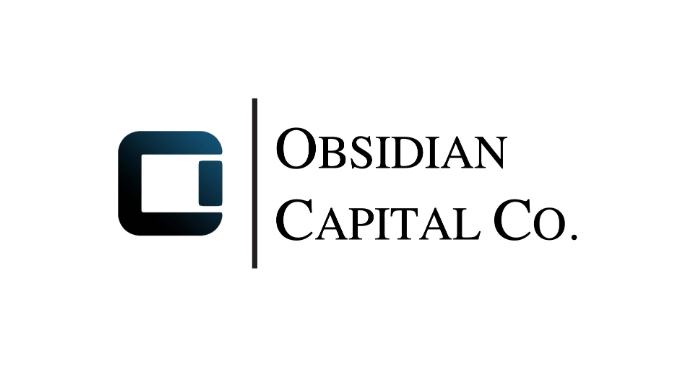We studied 10,000 accounts in a large bank over a period of three years, and found that customers obtained through referrals are both more loyal and more valuable than other customers. After controlling for such factors as age and gender, we calculated that referred customers are, on average, about 18 percent more likely than others to stay with the bank. We also projected that they generate 16 percent more in profit (amounting to $40 each). Thus, the bank earns a return of about 60 percent on its $25 referral reward.
The bank’s managers were relieved to hear these results. They’d feared that their current customers, in pursuit of easy cash, might be bringing in anyone and everyone they could-and that the ensuing pool of new customers would be full of low-profitability clients.
There are some interesting wrinkles in the program’s effects. One is that the profit margins from referred customers are substantially higher only at the beginning; the difference decreases over time and vanishes after about two-and-a-half years. The reason for this, we think, is that customers who make referrals are essentially matchmakers, and good ones: They bring in people who like the bank’s products, services, location, hours, and fees. Because these new customers are good matches, they quickly find features they want and are willing to pay for. They require fewer marketing efforts than nonreferred new customers, so they generate more revenue at a lower cost. But this advantage wanes as nonreferred customers learn to navigate the bank and its offerings and as the bank, through personal interactions and analysis of their records, learns what they want and targets its marketing accordingly.
Breaking down our data by age, we found that the most-pronounced difference in overall value between referred and nonreferred customers is among young people. It’s about $80 for customers 26- to 35-years-old, $58 for those 36- to 55-years-old, and slightly negative for those over 55. We believe this is another effect of good matchmaking. Because young customers have short credit histories and financial track records, datamining techniques are not very effective at identifying the best prospects among them. Referrals appear to generate customers for whom the bank is a good fit regardless of age.
We hypothesize that the referral effect applies to other consumer industries. In particular, we expect that referral programs would be most beneficial for products and services that customers might not appreciate at first glance and in industries where it’s hard to identify valuable prospects. We encourage companies to compare the profitability of their referred and nonreferred customers.
Here are questions they should ask: What kinds of customers are most likely to bring in highly lucrative referrals? Once the high-ROI referrers have been identified, how can companies market selectively to them? What referral reward strikes the optimal balance between the acquisition cost and the subsequent value of a customer? Simple experiments can help companies answer these questions and get better at turning their customers’ social capital into their own economic capital.
Author: Philipp Schmitt, Bernd Skiera, and Christophe Van den Bulte. hbr.com
















